Ludovic Pommeret defies time. Not just the time measured by the candles on birthday cakes but also the minutes ticking away after a race starts. At 49, the ultra-trail runner from the French Alps continues to make history, winning some of the world’s most prestigious races. Already a victor of the UTMB and the Diagonale des Fous, this year Ludovic added another legend to his resume by conquering the Hardrock 100, breaking Kilian Jornet's record in the process.
Seven weeks after this monumental victory, Ludovic achieved a new personal best at the UTMB (20h57), securing a top 5 finish. How has this athlete, who joined Näak just a year ago, used our collaboration to enhance his performance? How has Näak Lab helped him continue improving at 49? What advice does he have on nutrition and preparation for ultra-trail races, especially the Grand Raid de la Réunion just days away?
Meet an inspiring athlete who’s not only fueled by Näak Drink Mix but also seems to have found the secret to long-lasting success.
'NÄAK TIPS' is our new series of articles: a section where our professional trail and ultra-trail athletes share their advice and experiences to help you reach your goals on race day. To check out all the articles in this section, click here: Näak nutritional blog.

CONQUERING THE HARDROCK-UTMB DOUBLE
You’ve had an exceptional year, with a Hardrock win and a top 5 at the UTMB with your best time yet. How would you rank this season in your career?
This season has been incredibly satisfying. I would say as much as the years I won the UTMB (2016) and the Diagonale des Fous (2021). So, 2024 is undoubtedly one of my top three seasons!
You continue to improve year after year, regardless of age. How do you explain your high performance in 2024? Have you changed anything in your training?
My performance this year is the result of several factors. Firstly, I raced less in the early season due to a winter injury, which gave me more freshness in the spring. I also invested more time in preparation for the Hardrock. To acclimate to the altitude, I spent 10 to 18 hours a day in a hypoxic tent for three weeks before heading to Colorado. I arrived a month before the race, ran the entire course twice at a relaxed pace, and built a solid aerobic base. On the nutrition side, Näak Lab’s guidance helped me take things to the next level. In previous races, I relied on water, energy gels, and gut instincts. But this year, I tracked my glucose levels during prep races, made adjustments, and diversified my nutrition with Drink Mix, energy purées, waffles and tailored gels. I also had structured nutrition plans for each goal.
You won the Hardrock 100 with more than a 3 hours of time difference on the 2nd, and you beat Kilian Jornet's record by 3 minutes: on July 12, 2024, was it the best day of your career?
When I did the reconnaissance, Kilian's pace seemed stratospheric. I was behind on every segment. But on July 12th, everything aligned. I started ahead, listening to my body, with the goal of pushing that feeling of comfort as far as possible. I was very cautious and conservative, waiting for the moment when things would get tough, the moment I would enter the 'pain cave'. Dealing with the unexpected is part and parcel of ultra-trail, but this time, I wasn't confronted with it. I dreaded the nightmare, but it never came: I had a dream day. It's the first time this has happened in my career, and I don't know if I could repeat it. I haven't found a magic formula! Ultra-trail reminded me of this later in the summer during a UTMB that was much more sluggish in terms of sensations, even if the final performance satisfies me. In Chamonix, I was in the fight rather than enjoying myself!
Speaking of the UTMB: how did you manage to link these two mythical ultra-trails, separated by only 7 weeks? What did you put in place during this transition?
Firstly, I made a structural change: I organized myself to work more at the beginning of the season (I'm an engineer), and thus completely detach myself from work this summer, from June 15th to September 15th. Obviously, this freedom favored my recovery. I also know that the Hardrock and the UTMB are 2 ultra-trails that are similar in the sense that you need to develop roughly similar qualities to perform well in them. This is much less true for a Western States and an UTMB, for example, which makes the chaining more difficult. Concretely, between July 13th and August 30th, I cut back very little: 2 days after the Hardrock, I was back to trail running; then, as soon as I returned to France, I chained 2 tours of Mont-Blanc with friends. My biggest week between the two events was at week +4 after the American race and week -3 before the French event: 220 km and nearly 13,000 m of elevation gain in 7 days.
“ I also invested more time in preparation for the Hardrock.”
“ On the nutrition side, Näak Lab’s guidance helped me take things to the next level. “
“ My biggest week of training between the two events was 4 weeks after the American race and 3 weeks before the French one: 220 km and nearly 13,000 meters of elevation gain in 7 days.”
TIPS FROM LUDOVIC POMMERET FOR THE DIAGONALE DES FOUS
With three podium finishes (2009, 2014, 2019) and a victory (2021), it’s clear the Diagonale des Fous holds a special place in your heart. What makes the Grand Raid de la Réunion so unique? How does it differ from other ultra-trails?
The course's technicality is a major factor. While other ultra-trails have technical sections, they’re often shorter. In Réunion, the technical segments are both more numerous and longer. Another unique aspect is the incredible atmosphere. The excitement can push you to run faster than planned. For example, last year, my wife, who was running her first ultra, started the race at a pace much faster than her personal best, simply due to the crowd’s energy. The island’s extreme humidity and temperature swings are also challenging. During the race, temperatures can range from below zero at night to 35°C during the day. And let’s not forget—no poles are allowed on the Grand Raid, which significantly affects preparation.
How do you prepare for such a demanding race? Any specific advice for those aiming to complete the Diagonale des Fous?
My first tip is to make the Diag’ your primary goal of the year and plan your season around it. Start ramping up training later in the year to ensure you’re fresh by October—don’t start racing too early in January or February! Second, try to replicate the race conditions in your training. That means practicing on technical trails, long ascents, steep descents, and always without poles. Lastly, as the Grand Raid is often a long-term goal for many ultra-runners, give yourself the best chance by arriving on the island early to acclimatize to the humidity.
Funnily enough, you discovered Näak products last year, during the Diag, while cheering on your wife during her first ultra. Do you think Näak nutrition and the work you've done with the teams since then has been a 'game changer'?
Before, I ate based on how I felt, relying exclusively on water and energy gels. The transition I made in October 2023 allowed me to reach a new level. Previously, during races, I could experience limiting intestinal problems and significant energy slumps. Things are much better now: I have fewer digestive problems and fewer energy crashes! The follow-up from the Näak Lab is a real plus in my performance. We co-construct a specific nutrition plan before each race. I've also been made aware of the importance of providing not only carbohydrates, but also proteins and fats during exercise. I don't do 'gut training' yet. I'm aware of its importance and I'm going to start: it offers me even more room for improvement!
Do you have any specific nutrition tips for the Diag’? Specifically, do you fuel yourself differently during the Grand Raid of Réunion compared to other ultra-trails?
No, my nutrition plan for the Diagonale des Fous is quite similar to the one I follow for the UTMB or Hardrock. I consume an average of 70 to 80 grams of carbs—about 325 kcal—per hour. With an essentially liquid and semi-liquid nutrition, using Drink Mix, purées and energy gels. I’d also like to share a real favorite for the Salted Soup, which I find absolutely ideal for those long, cold nights spent outside. Otherwise, I note only 2 small differences specific to the Grand Raid. Firstly, on Reunion Island, I’m able to eat more solid nutrition, as the race pace is slower. So, I incorporate waffles during the race as an extra supplement. Secondly, I’m more mindful of my hydration, especially in the second half of the race where the heat can be intense. Overall, I drink more, mainly water, to avoid increasing my energy intake too much and reduce the risk of digestive issues.
“ In Réunion, the technical segments are both more numerous and longer.”
“ The island’s extreme humidity and temperature swings are also challenging. In less than 24 hours of racing, you can experience both cold and heat.”
“ Start ramping up training later in the year to ensure you’re fresh by October—don’t start racing too early in January or February! “
“ Things are much better now: I have fewer digestive problems and no more energy crashes! The support from Näak Lab has been a real asset to my performance.”
“ We co-create a specific nutrition plan before each race.”
“ I’ve also learned the importance of incorporating not just carbohydrates but also proteins and fats during effort.”
“ I’d also like to share a real favorite for the Salted Soup, which I find absolutely ideal for those long, cold nights spent outside.”

MENTAL STRENGTH & MOTIVATION: STAYING AT THE TOP AT 49
You seem to have discovered the secret to staying young. What keeps you going? Any tips for staying at the top long-term?
What motivates me every day is preparing myself as best as possible for a race. I thrive on challenges—having a performance goal is what keeps the fire alive. Without dreams, it's hard to keep going, training, and pushing your limits. I have to admit that I have a slight fear of the void—the fear that I might never again experience the intense emotions of shared joy and collective triumph if I stop. So, my advice to the younger generation is: nurture your dreams, treat trail running as a collective sport, embrace the energy, and fully live all the emotions—the highs and the lows alike.
You’ve won almost everything. What still drives you at 49?
One of my main sources of motivation today is combining races with travel. When I can tie a sporting goal to a family adventure, it’s the perfect mix. We went to Argentina earlier this year, and in a few days, we’re heading to Turkey to run a relay race as a team of three—my wife, my daughter, and me. Japan, South America, Asia, and Mexico are all high on our list. Next year, I also plan to take on the Hardrock-UTMB double again, especially since the Hardrock will be run in reverse. Then, when I’m older, I’ll take on other legendary races like the Marathon des Sables or the Tor des Géants! (Smiles)
You’ve always been open about your lifestyle and indulgences. How do you think this balance helps you maintain longevity in the sport?
Even though we get to run through breathtaking landscapes, ultra-trail is a tough and sometimes thankless sport. It requires a lot of commitment and sacrifices. So, I think it's essential to know when to let go in certain areas, and that includes food. Don’t get me wrong—I eat very healthily overall! But I’ll admit I occasionally overindulge in charcuterie or sweets. My wife jokes that if I didn’t run ultra-trails, I’d be overweight! (Laughs) More seriously, I believe this flexibility, carefully timed, allows me to stay disciplined in the weeks leading up to a race and arrive mentally refreshed, ready to push my limits.
“ I thrive on challenges—having a performance goal is what keeps the fire alive. Without dreams, it's hard to keep going, training, and pushing your limits.”
“ One of my main sources of motivation today is combining races with travel. When I can tie a sporting goal to a family adventure, it’s the perfect mix.”
“ Then, when I’m older, I’ll take on other legendary races like the Marathon des Sables or the Tor des Géants! “
“ Ultra-trail is a tough and sometimes thankless sport. It requires a lot of commitment and sacrifices. So, I think it's essential to know when to let go in certain areas, and that includes food.”

THE BEST OF LUDO
Your favorite Näak product?
“The salted Drink Mix, which I drink hot during ultra-trail nights, has truly boosted my performance.”
Favorite energy gels?
“The upcoming prototypes from Näak Lab, which I used during Hardrock and UTMB.”
Favorite energy purée?
“Sweet potato purée. After hours of racing, sweet things become too much for me.”
“The salted caramel waffle, even though I’m from Savoie, not Bretagne!!”








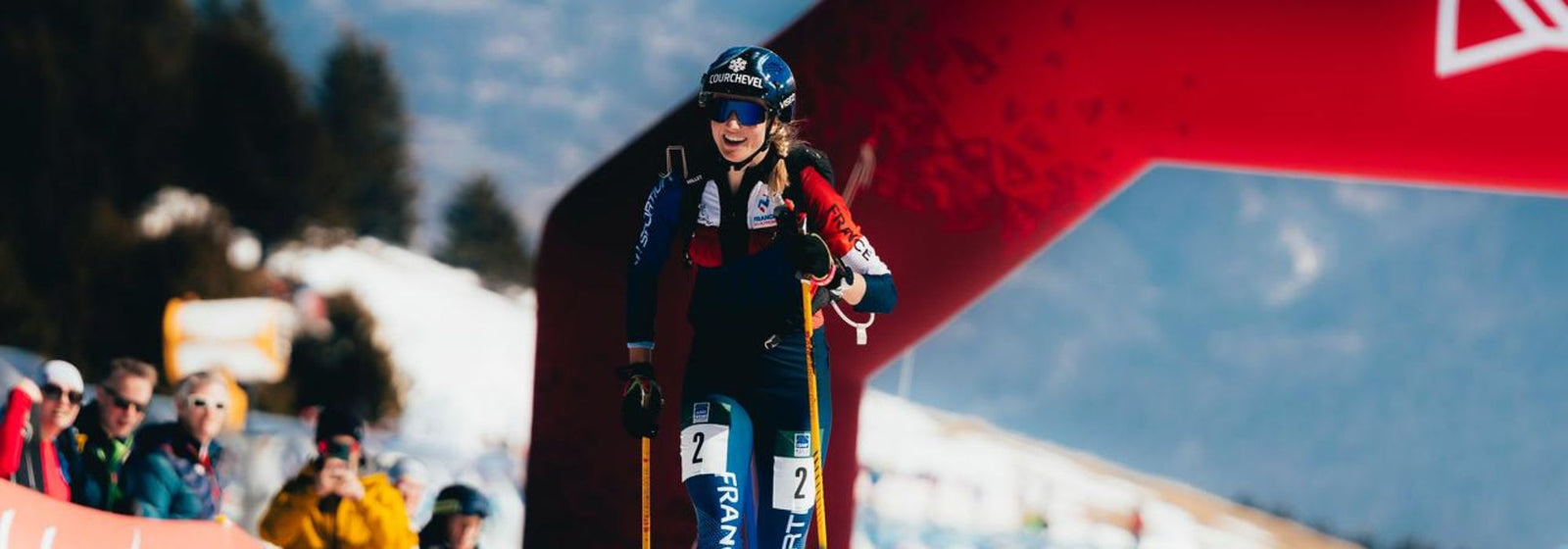


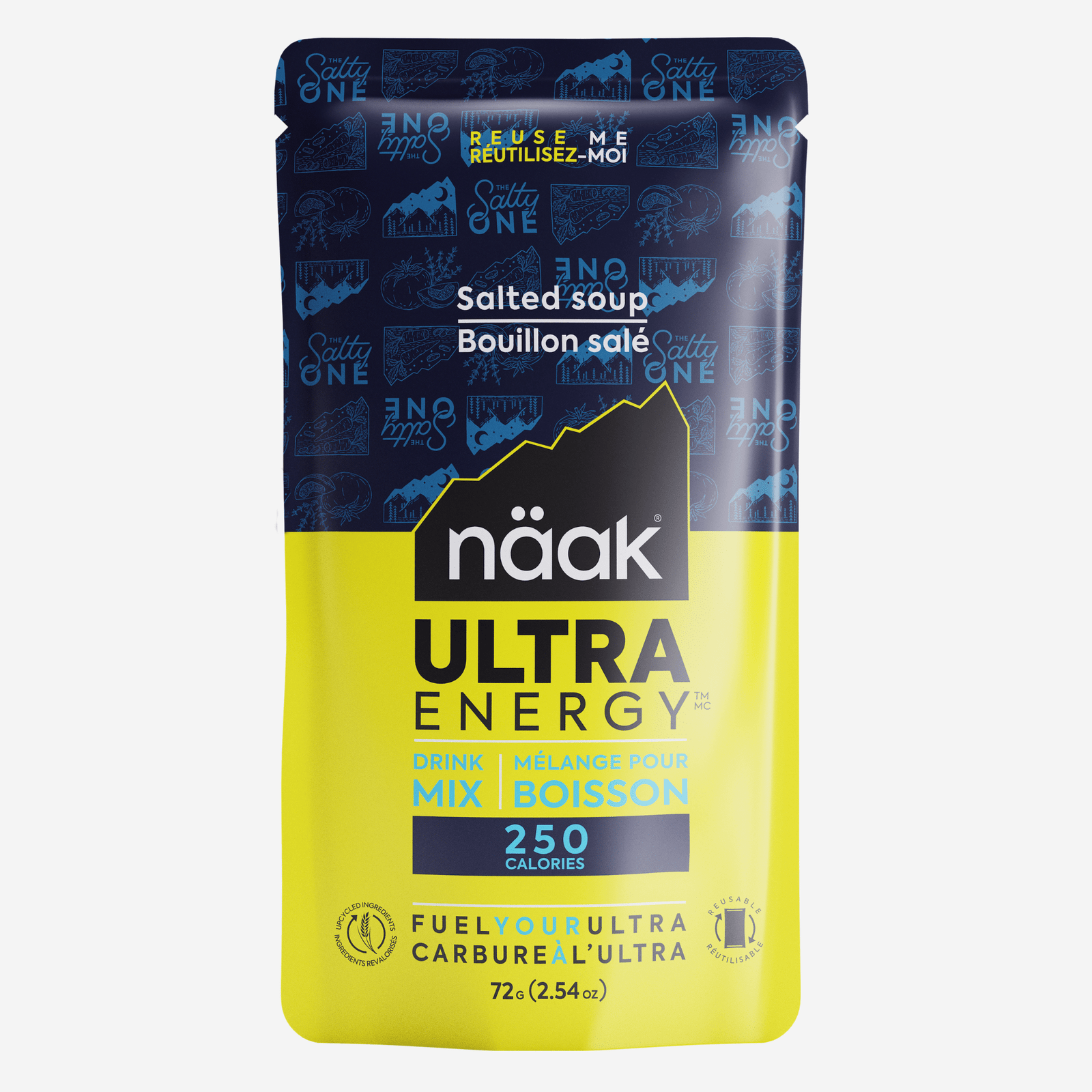
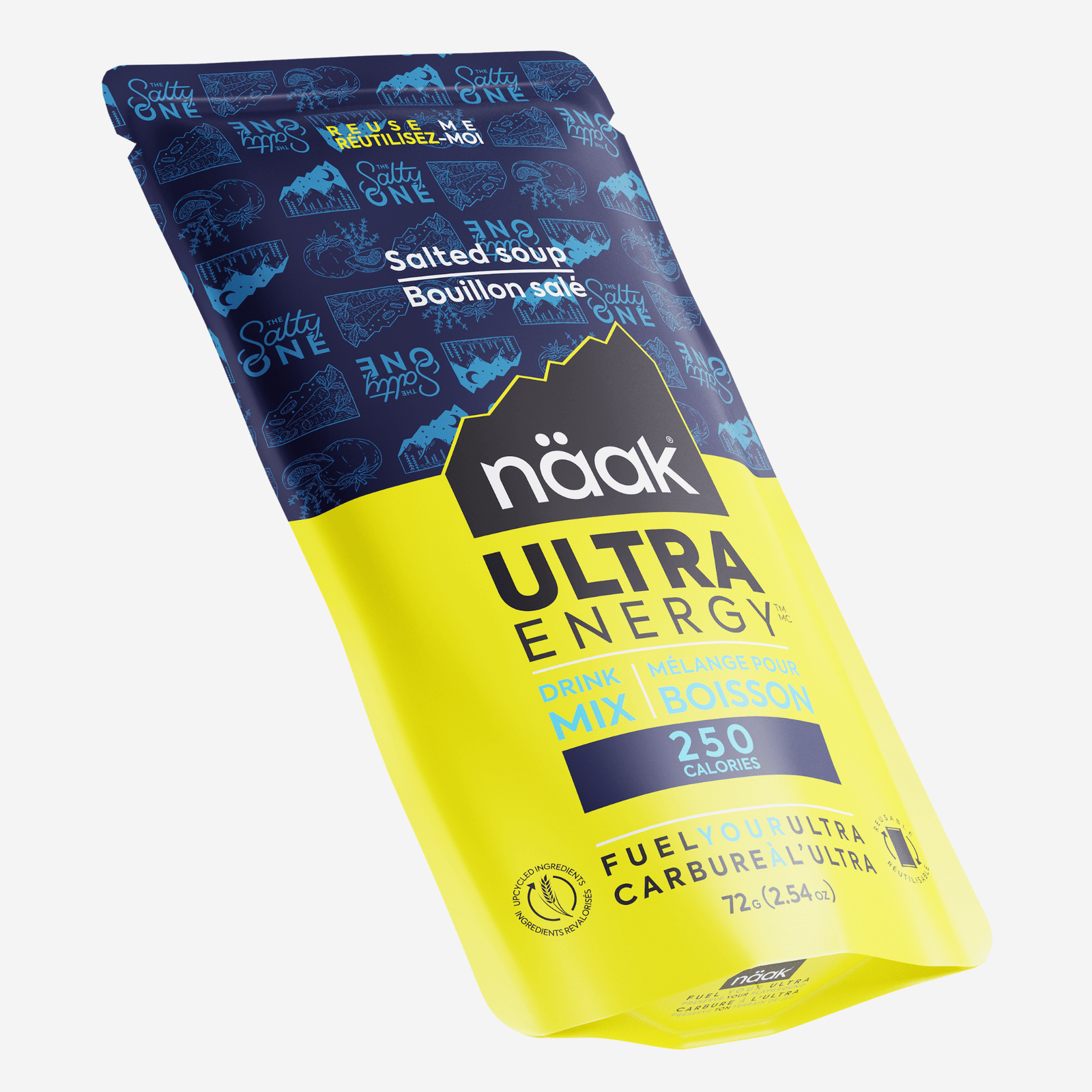

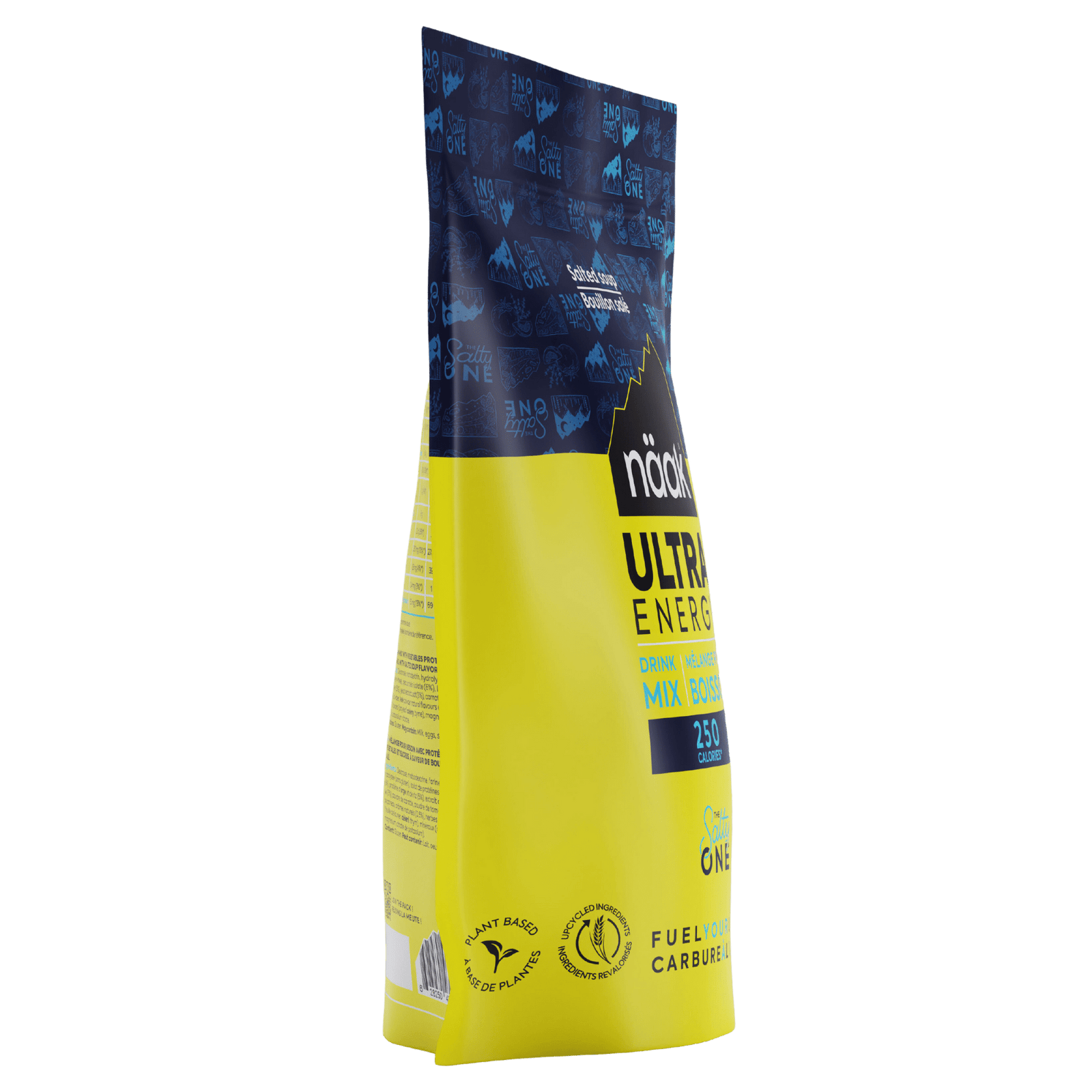
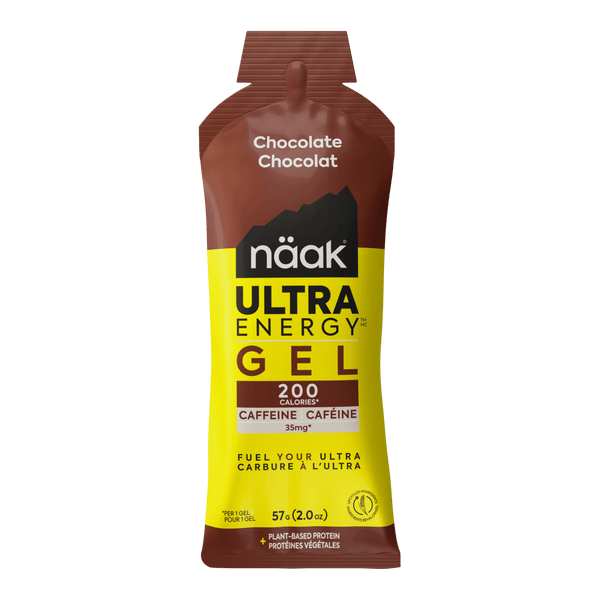
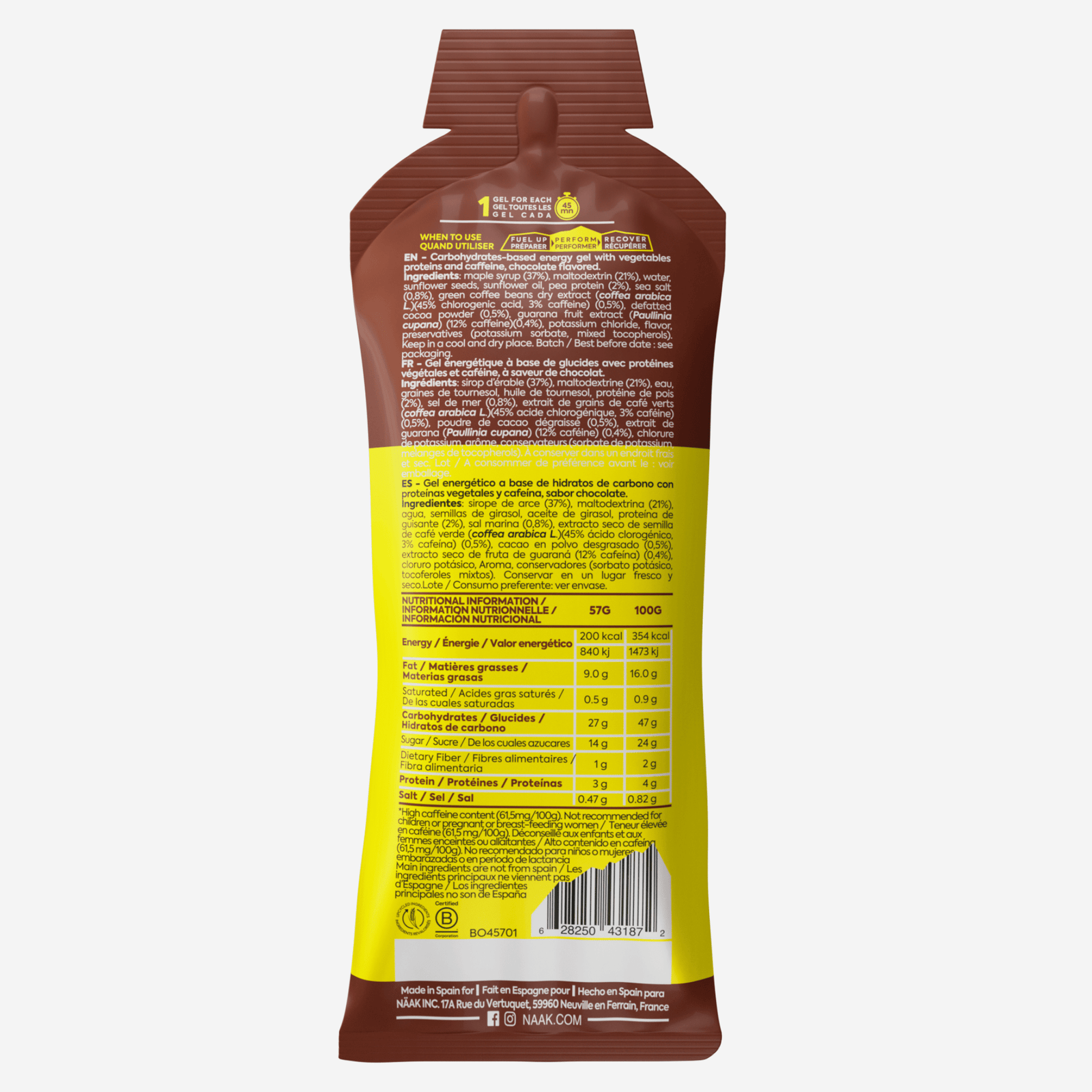


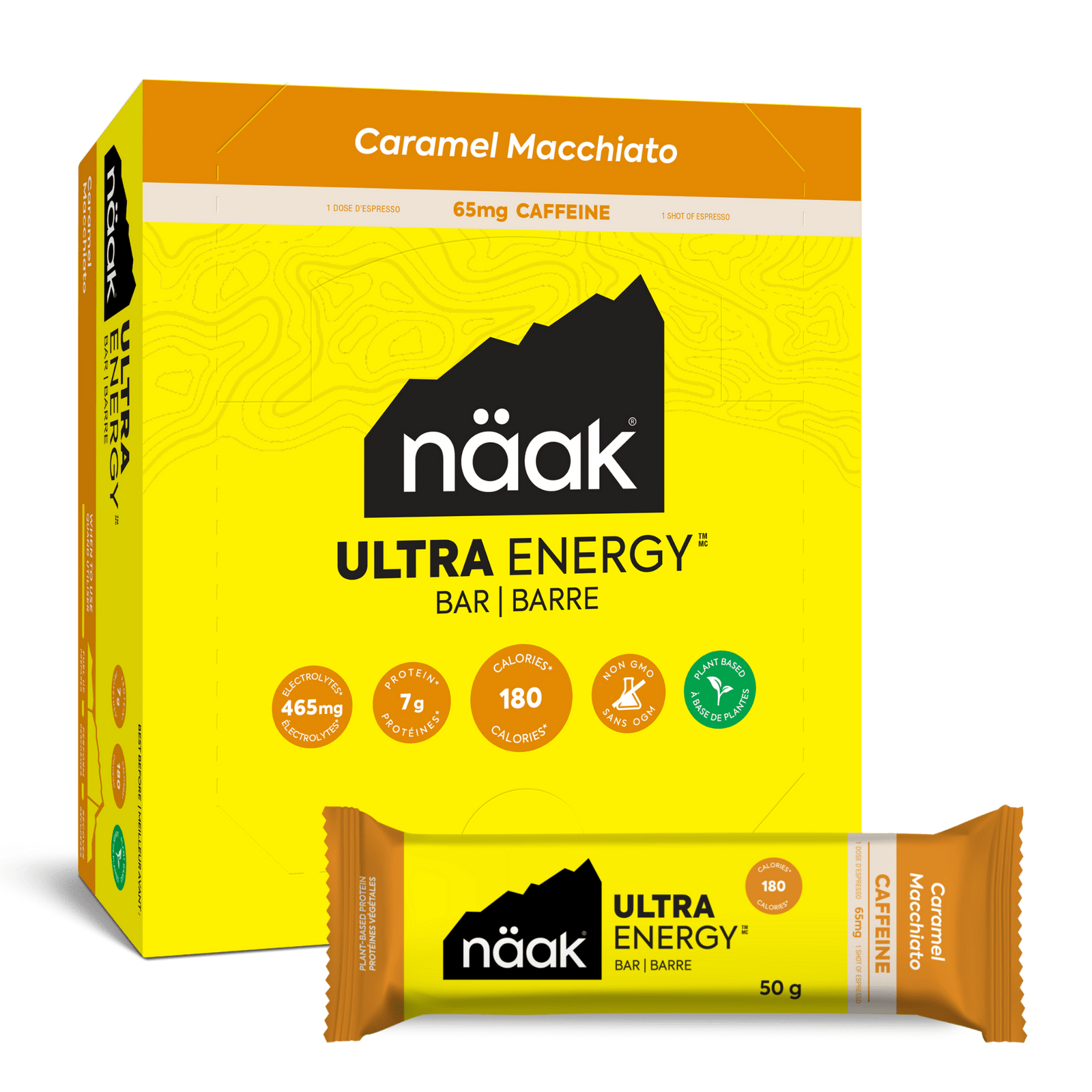



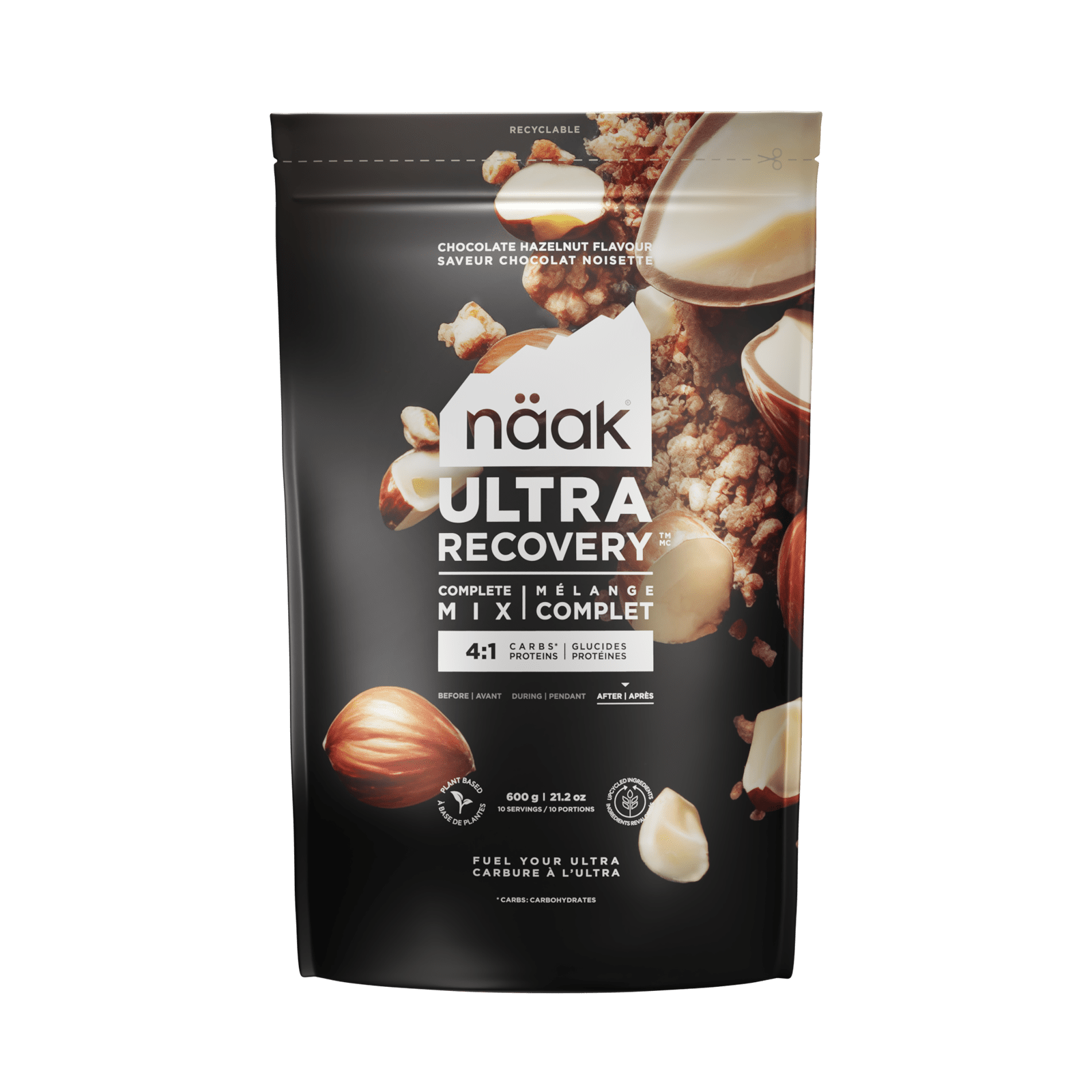

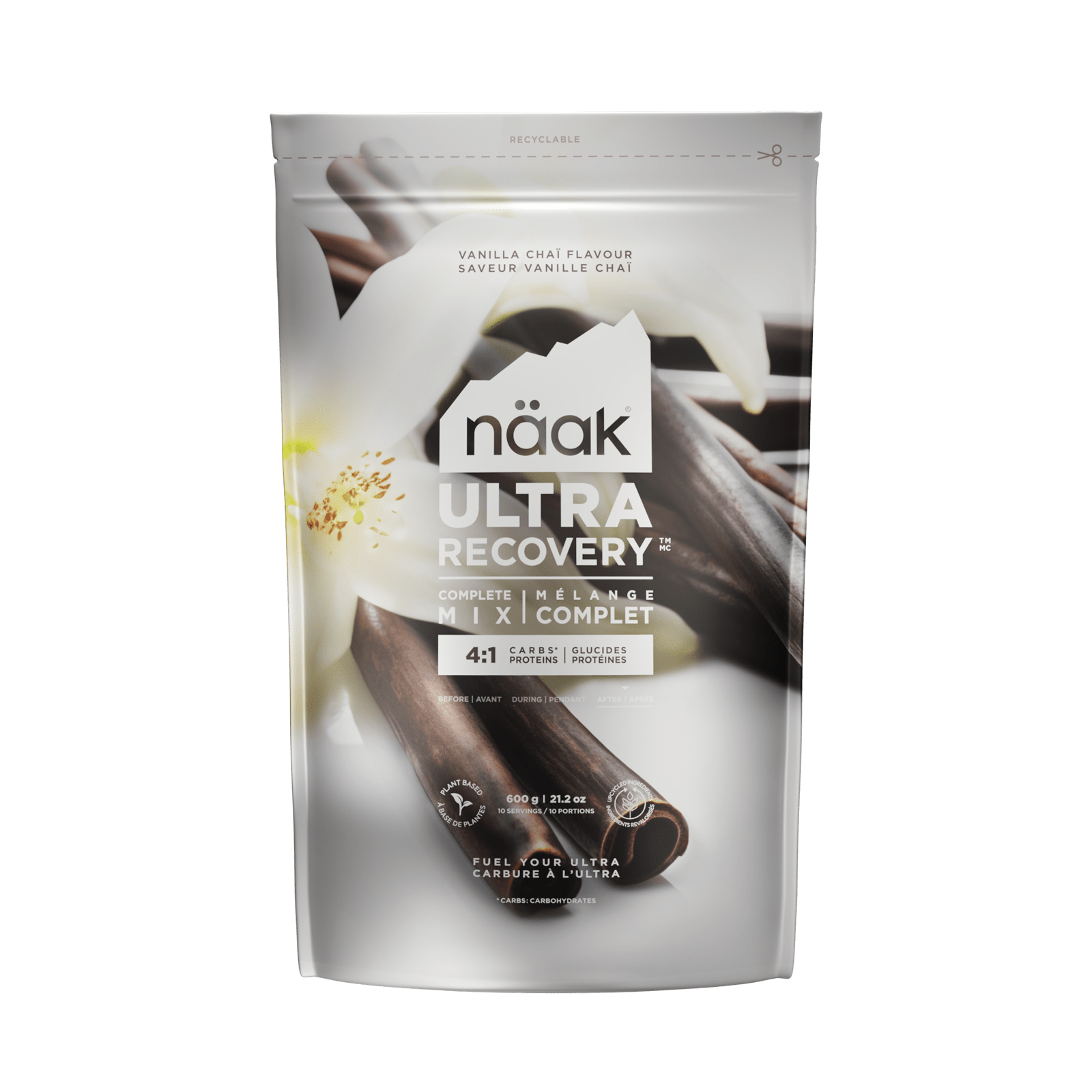
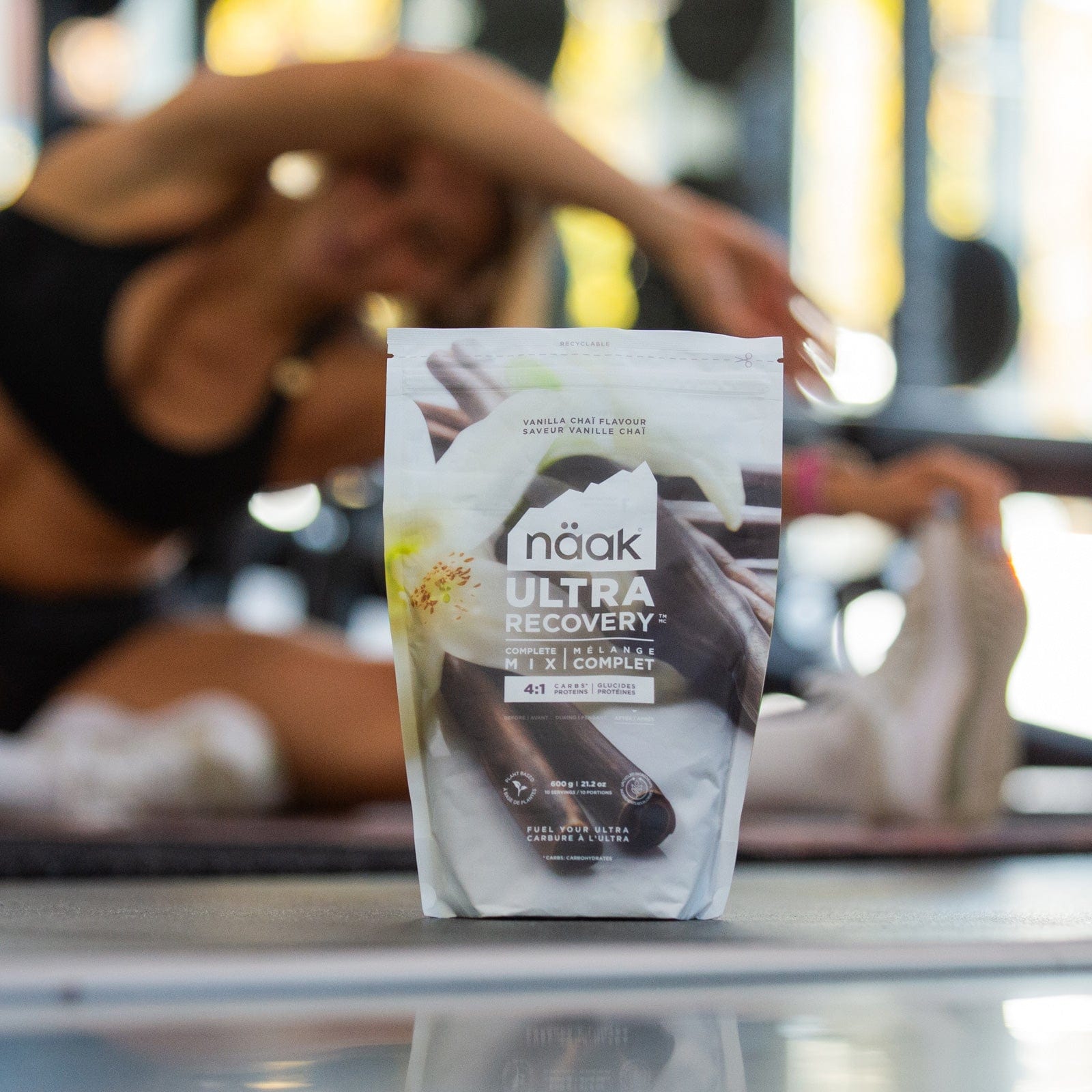
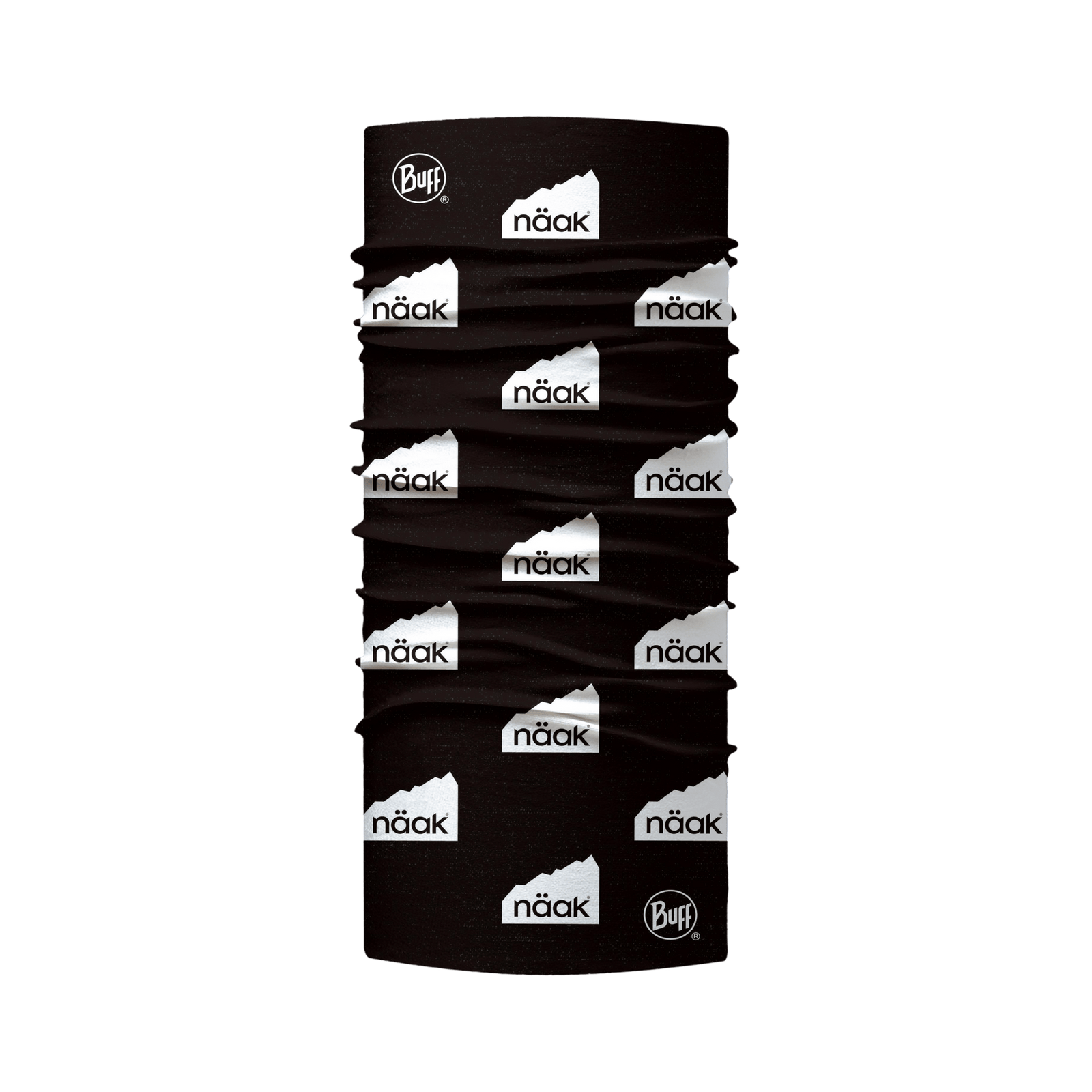
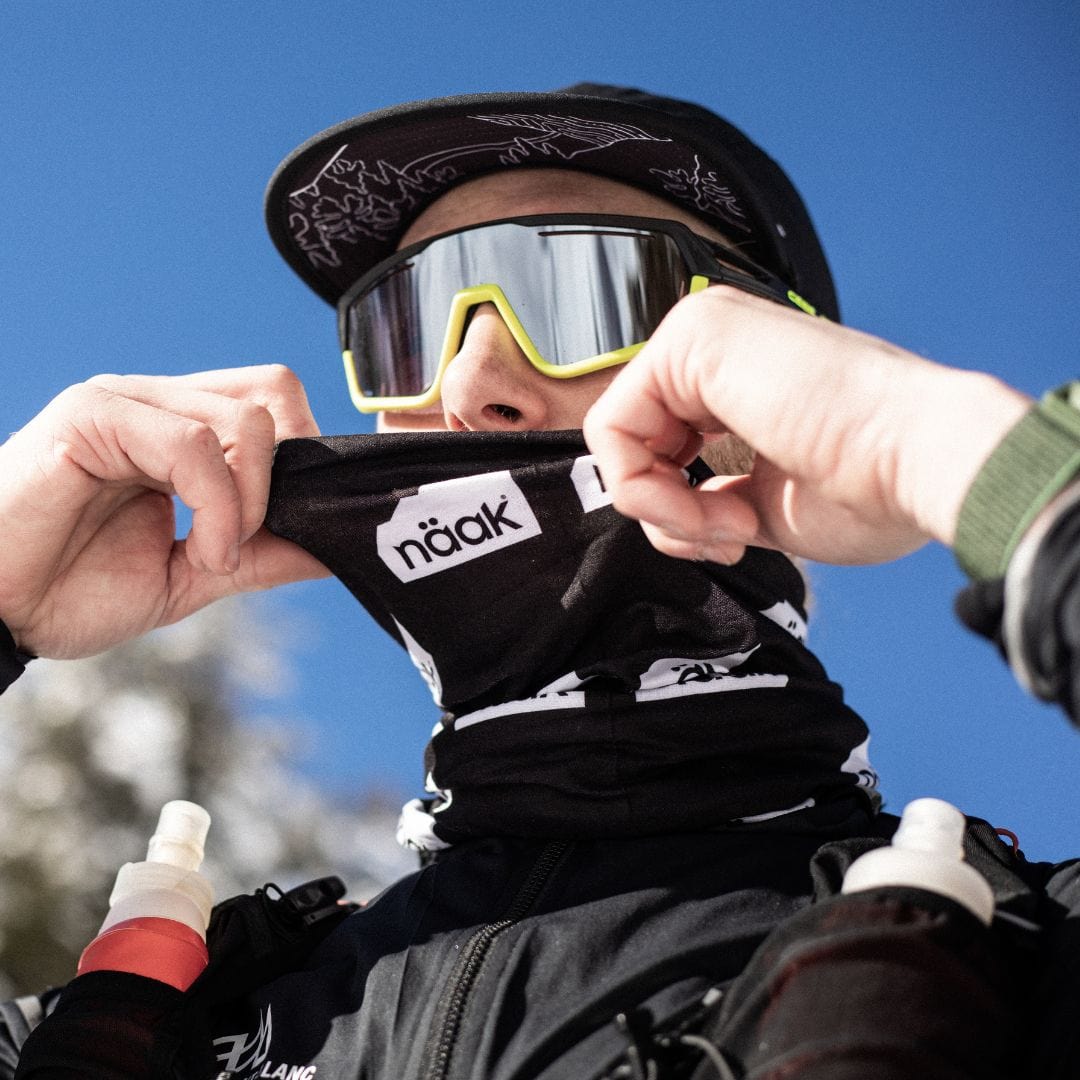
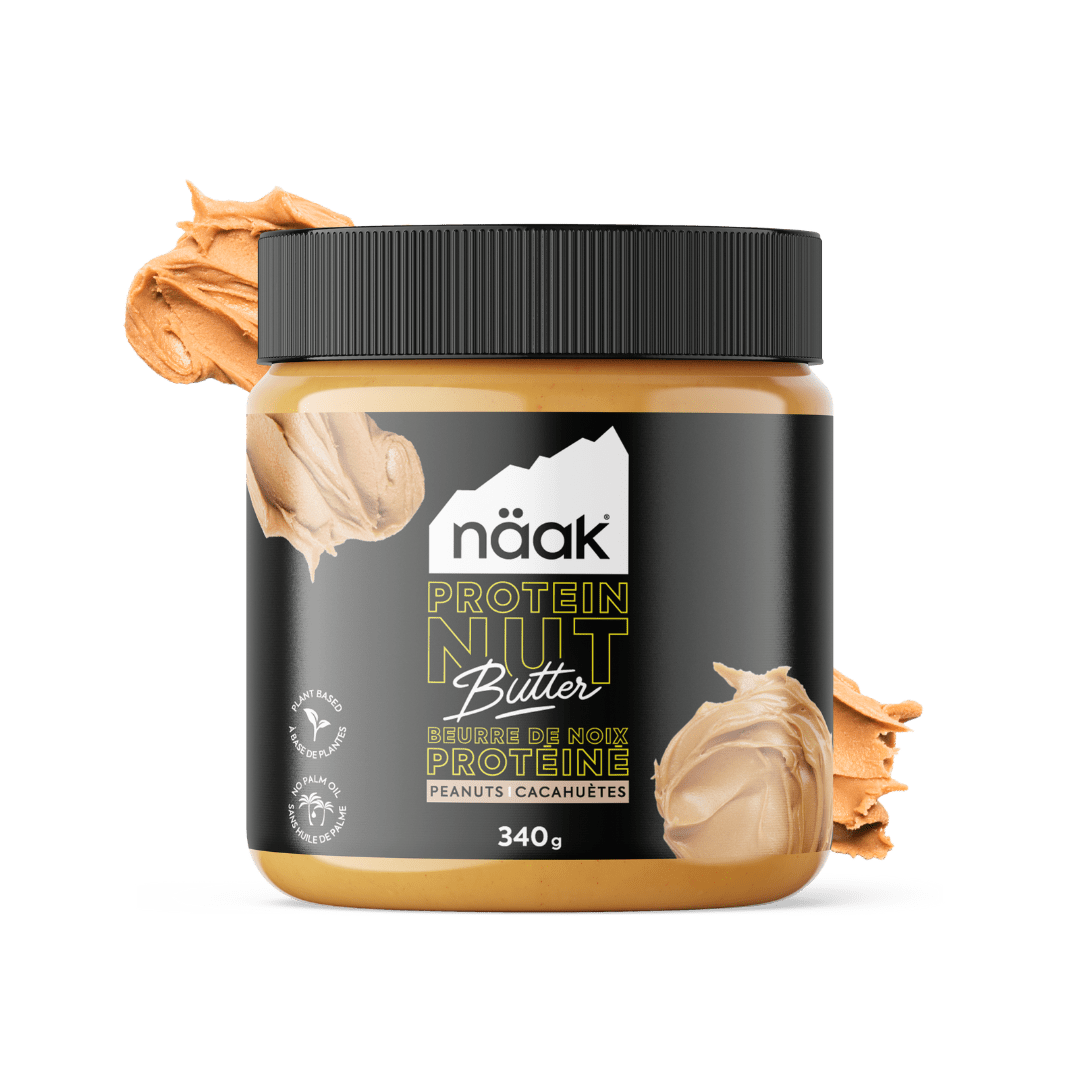
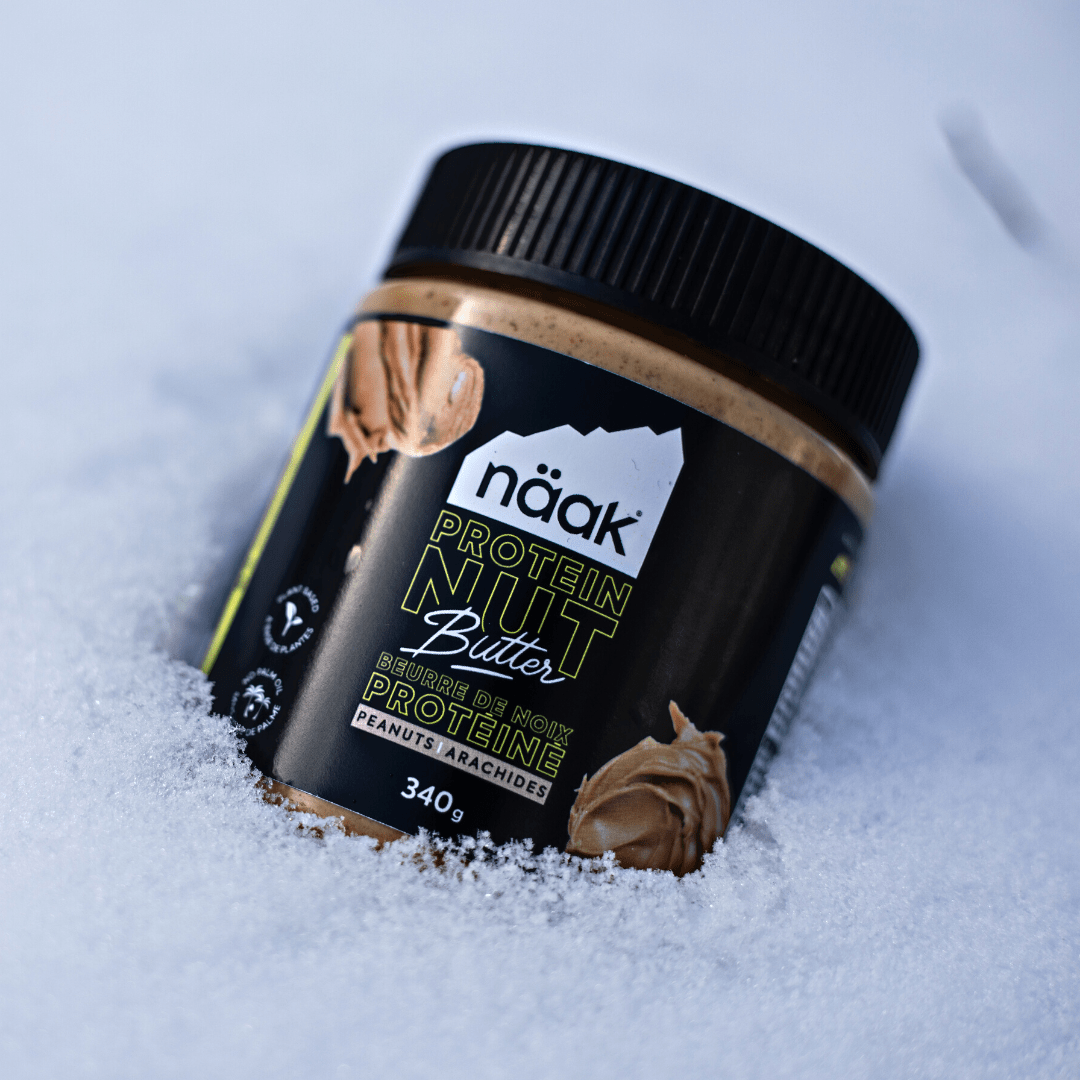
Dejar un comentario